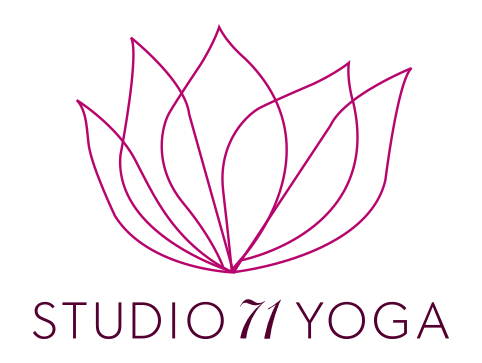Have you ever tried practicing the Sun Salutation yoga sequence? As many will tell you, it’s not for the faint of heart.
A few years ago, I decided to push my limits and set a goal to complete 108 consecutive Sun Salutations—and guess what? I completed the challenge and repeated it more than once. Each time, it was a demanding and exhausting experience, but I refused to give up.
If you’re wondering why I decided to put myself through this challenge and what I gained from it, keep reading—I’ve got some interesting insights for you.
In my yoga classes, I share principles and practices that guide us toward self-realization. One such principle is the second niyama (a moral observance), known as “santosha.”
Santosha invites us to find contentment within ourselves in every aspect of life. It lies at the core of yogic philosophy and is the art of embracing and finding peace in the present moment.
By accepting oneself without judgment and gratefully acknowledging the abundance in our lives, we cultivate santosha. This awareness helps us understand that happiness is not dependent on external circumstances but rather a state of mind that we can attain regardless of our surroundings or life experiences.
Another tenet I recently shared is that of the number 108, which holds significant symbolic importance within various spiritual and philosophical traditions. Across cultures, it’s considered sacred and is believed to align with the cosmic rhythm of the universe.
Below are a few symbolic interpretations of the number 108.
Astronomical Significance: Sun, Moon and Earth
The average distance of the Sun from the Earth is approximately 108 times the Sun’s diameter, while the distance between the Moon and Earth is about 108 times the Moon’s diameter. This divine harmony illustrates the interconnectedness of the celestial bodies in our solar system.
Spiritual, Religious and Health Connections
Hinduism’s ancient Vedic texts mention 108 Upanishads, scriptures of self-realization and an integral part of Hindu philosophy. In addition, there are pithas, which are “seats” or “benches”, of which there are 108, generally associated with goddess worship, either of Sati/Parvati (the wife of Shiva) or other forms of shakti, the divine female energy. Many of these 108 pithas have become significant pilgrimage sites for members of the Shakti sects of Hinduism.
In Buddhism, it’s believed that there are 108 defilements and 108 earthly desires. Buddha’s teachings consist of works of “Translated Words” in about 108 volumes. It’s also believed that the Buddha taught 108 forms of meditation.
Ayurveda, an ancient Indian holistic healing system, recognizes 108 sacred marma points in the body. Like acupuncture and acupressure, these points promote healing and balance when stimulated.
Mala beads hold significance for both Buddhists and Hindus. A mala consists of a string of 108 beads and one guiding bead, the guru bead. Similar to a Catholic rosary for prayer (which traditionally has 59 beads), a mala is used to count the chanted repetition of a mantra.
Mantras are sacred utterances believed to possess spiritual or religious powers. Chanting mantras also aligns the practitioner’s energy with the universe and brings calmness and inner peace. Some yogic traditions involve repeating a mantra 108 times, such as “Om,” the most famous mantra in modern yoga.
Sun Salutations
A “sun salutation” is a dynamic sequence of seven yoga postures combining specific breathing patterns with movement and mindfulness (Surya namaskar A), honouring the sun and symbolizing vitality, warmth, and light in our lives.
This sequence is usually repeated 3-5 times to prepare for other postures by heating up and stretching the body.
Performing 108 consecutive sun salutations, also known as a “108 Sun Salutation Challenge,” honours transitions, such as solstices and equinoxes, or brings peace, respect and understanding during a tragedy. This intense, rigorous physical and mental endeavour requires focus, strength, stamina, and determination.
The Sun Salutation Challenge
In the spring of 2016, I completed my first sun salutation challenge with about 30 younger yogis when I was in my late fifties. It was quite an experience.
To be continued…








